Minelli A., Fusco G. (eds.)9780521880244
Table of contents :
Evolving Pathways : Key Themes in Evolutionary Developmental Biology……Page 1
0521875004ttl.pdf……Page 3
Evolving Pathways Key Themes in Evolutionary Developmental Biology……Page 0
0521875004imp.pdf……Page 4
Contents……Page 5
Contributors……Page 9
Preface……Page 13
Introduction: Pathways of change……Page 15
Introduction to Part I……Page 19
Conceptual Foundations……Page 23
The questions of evo-devo……Page 26
How did development originate?……Page 27
How did the developmental repertoire evolve?……Page 28
Does development play a role in phenotypic variation?……Page 29
Does development affect the organisation of the phenotype?……Page 30
How does the environment interact with development and evolution?……Page 31
The epigenetic and experimental program……Page 32
The evolutionary developmental genetics program……Page 34
The theoretical biology program……Page 35
The impact of evo-devo on evolutionary theory……Page 37
Making evolutionary predictions about the structure of development and morphology: beyond the neo-Darwinian and constraints paradigms……Page 49
The neo-Darwinian approach to morphological evolution……Page 51
The Constraint School……Page 54
The developmental genetics school……Page 55
The Evolution of Development……Page 58
Morphodynamic mechanisms versus positional information……Page 60
Concluding remarks……Page 64
Magnitudes of change……Page 68
Types of change……Page 70
Timing of change……Page 71
Discussion……Page 76
Prospects of evo-devo for linking pattern and process in the evolution of morphospace……Page 80
Eyespots matter……Page 82
Serial repeats and artificial selection experiments on eyespots……Page 86
The evolution of allometry involving wings……Page 90
Interactions between morphologies and life histories: the roles of hormones……Page 91
Development and the functional phenotype……Page 92
Perspectives and future challenges……Page 94
The molecular biology underlying developmental evolution……Page 98
Molecular biology and evolutionary developmental biology: historical Links……Page 99
The rise of post-transcriptional gene regulation……Page 102
The molecular biology of gene regulation: a postgenomic view……Page 104
Epilogue: the philosophy of gene regulation and the future of the evo-devo field……Page 111
Evo-devo’s Identity……Page 118
Generality and uniqueness in science: nomothetics and idiographics……Page 119
Evo-devo’s relation to neo-Darwinian evolutionary theory……Page 123
The explanatory range of evo-devo’s nomothetic components……Page 124
Model bias equals model strength……Page 127
Body plans and developmental types aren’t what they seem……Page 129
The heuristic value of developmental types……Page 131
Conclusion: from model organisms to developmental types……Page 132
Introduction to Part II……Page 139
A pragmatic approach for selecting evo-devo model species in amniotes……Page 141
Medicine-driven models (searching for evolutionary conservation) vs. evo-devo-driven models (understanding evolutionary change)……Page 142
Criteria for choosing new model species……Page 143
Reptilia……Page 145
Testudines……Page 146
Snakes……Page 148
Crocodylomorpha……Page 149
Aves……Page 150
Marsupialia……Page 151
Afrotheria……Page 152
Xenarthra……Page 153
Euarchontoglires……Page 154
Laurasiatheria……Page 155
On comparisons and causes in evolutionary Developmental Biology1&linkTextOverride;&/linkTextOverride;……Page 162
Causation……Page 163
Developmental steps……Page 165
The experimental model-organism approach……Page 167
The descriptive comparative approach……Page 170
The experimental comparative approach……Page 172
Differences and contradictions between experimental and comparative approaches to development……Page 174
Conclusions……Page 175
Evolution and development: towards a synthesis of macro- and micro-evolution with ecology……Page 178
The system: vulva formation in the nematode Caenorhabditis elegans……Page 179
A satellite organism in evolutionary developmental biology: the nematode Pristionchus pacificus……Page 181
Macro-evolution: vulva formation differs strongly between P. pacificus and C. elegans……Page 182
Ecology……Page 186
Micro-evolution……Page 187
Conclusions……Page 189
Conventions……Page 193
Problems, and some solutions……Page 197
Hox-like and NK-like subclasses: are the names misleading?……Page 200
The ancestral Mega-homeobox cluster: fact or fiction, and how will we know?……Page 201
An alternative: Hox-linked and NK-linked……Page 205
So what is a Hox gene?……Page 207
Introduction……Page 212
Continuum model……Page 213
Multicellular plants having identity crises on various levels……Page 214
Meristem identity crisis……Page 215
Floral organ identity crises……Page 216
䰀攀愀昀 椀搀攀渀琀椀琀礀 挀爀椀猀椀猀㨀 氀攀愀昀ጠ猀栀漀漀琀 椀渀搀椀猀琀椀渀挀琀椀漀渀……Page 219
匀琀椀瀀甀氀攀 椀搀攀渀琀椀琀礀 挀爀椀猀椀猀㨀 猀琀椀瀀甀氀攀ጠ氀攀愀昀 椀渀搀椀猀琀椀渀挀琀椀漀渀……Page 221
Stem identity crisis……Page 222
刀漀漀琀 椀搀攀渀琀椀琀礀 挀爀椀猀椀猀㨀 爀漀漀琀ጠ猀栀漀漀琀 椀渀搀椀猀琀椀渀挀琀椀漀渀……Page 224
Concluding remarks……Page 227
Introduction to Part III……Page 233
Setting the problem……Page 235
Tracking Down the earliest extant bilaterians: a simple or a complex last common ancestor (LCA)?……Page 236
The Acoelomorpha, a likely candidate for the earliest branching extant bilaterians……Page 240
Nuclear genes……Page 241
Hox cluster genes……Page 243
MicroRNA (miRNA) sets……Page 244
Gene expression and axial homologies between cnidarians and bilaterians……Page 246
The planula-acoeloid theory revisited with a critique to amphistomic scenarios of bilaterian evolution……Page 249
Conclusions and prospects……Page 252
To Set the Scene: The Hox Explosion……Page 257
The homeo domain protein as a transposase……Page 262
Possible transposition events in the Hox complex in the Drosophilidae lineage……Page 267
Implications of this hypothesis: a scenario for the origin and early evolution of bilaterian Hox complexes……Page 270
Conclusion……Page 275
Many roads lead to Rome: different ways to construct a nematode……Page 279
Nematode phylogeny……Page 280
Caenorhabditis elegans Embryogenesis: the Reference System……Page 281
Mode of reproduction and establishment of the primary embryonic axis……Page 283
Variations in early lineage and pattern formation……Page 285
Acrobeloides: an example for early embryonic plasticity……Page 286
Romanomermis: visible cytoplasmic segregation and different fate assignments……Page 287
Tobrilus: a nematode with unusual gastrulation……Page 289
Concluding remarks……Page 293
Basal euarthropod development: a fossil-—based perspective……Page 299
Trilobite structure and development……Page 300
The number and generation of trunk segments……Page 302
Articulations between trunk segments……Page 303
The form of trunk segments……Page 305
Diversity in the segmentation process among trilobites……Page 306
䐀攀瘀攀氀漀瀀洀攀渀琀愀氀 瀀愀琀琀攀爀渀猀 愀洀漀渀最 ᠠ伀爀猀琀攀渀ᤠ 愀爀琀栀爀漀瀀漀搀猀……Page 309
吀爀椀氀漀戀椀琀攀 愀渀搀 ᠠ伀爀猀琀攀渀ᤠ 愀爀琀栀爀漀瀀漀搀 搀攀瘀攀氀漀瀀洀攀渀琀 挀漀洀瀀愀爀攀搀Ⰰ 愀渀搀 琀栀愀琀 漀昀 漀琀栀攀爀 愀爀琀栀爀漀瀀漀搀猀……Page 313
From haploid to diploid……Page 317
Growing from the top……Page 320
Branching out……Page 321
Vascular highways……Page 323
Digging deep……Page 324
Harvesting Energy……Page 326
Reproductive transition……Page 327
Future Challenges……Page 328
Introduction to Part IV……Page 335
Urbisexuality: the evolution of bilaterian germ cell specification and reproductive systems……Page 339
The germ line……Page 340
Fertilisation strategies……Page 342
Comparative data on somatic gonad specification……Page 343
Comparative data on germ-cell specification……Page 346
Specification and origin of extant metazoan PGCs: epigenesis and preformation……Page 347
A stem-cell origin of urbilaterian PGCs……Page 350
Convergent evolution of preformation……Page 352
Evolving preformation from epigenesis: a transitional model……Page 354
Conclusions……Page 356
Thoughts and speculations on the ancestral arthropod segmentation pathway……Page 361
Ways of making segments……Page 363
匀攀琀琀椀渀最 甀瀀 愀渀 愀渀琀攀爀椀漀爀ጠ瀀漀猀琀攀爀椀漀爀 愀砀椀猀……Page 364
Axial Elongation……Page 365
Generating a repeated pattern……Page 366
Translating a repeated pattern into segments……Page 368
What about Gap Genes?……Page 369
Reconstructing the ancestor……Page 370
Conclusions……Page 373
Evolution of neurogenesis in arthropods……Page 377
Individual stem-cell-like neuroblasts are formed in the ventral neuroectoderm of insects and crustaceans……Page 378
Groups of neural precursors are recruited from the ventral neuroectoderm of chelicerates and myriapods……Page 380
Differences in the timing of neural precursor formation in individual chelicerate and myriapod species……Page 382
Neural stem cells comparable to insect and crustacean neuroblasts are missing in chelicerates and myriapods……Page 383
The morphological processes of neural precursor formation……Page 385
Proneural and neurogenic genes are essential for the specification of neuroblasts……Page 386
The function of achaete-scute homologues in neural precursor specification seems to be conserved in chelicerates and myriapods……Page 388
Neurogenic genes mediate lateral inhibition in chelicerates and myriapods……Page 389
Pan-neural genes switch on a common neural programme……Page 391
Generation of neural precursor diversity……Page 392
The ancestral pattern of neurogenesis in arthropods……Page 394
Arthropod appendages: a prime example for the evolution of morphological diversity and innovation……Page 399
The search for the ground-state appendage……Page 400
From ground state to diversity: insights from Drosophila……Page 402
From Drosophila melanogaster to millions of arthropod species……Page 406
A kind of phylotypic stage for the different types of arthropod appendage?……Page 411
Cleavage patterns and cell lineage……Page 417
Apical ganglion……Page 421
Cerebral ganglia……Page 423
Ventral nerves……Page 426
Hox gene expression……Page 428
Conclusions……Page 429
sec……Page 435
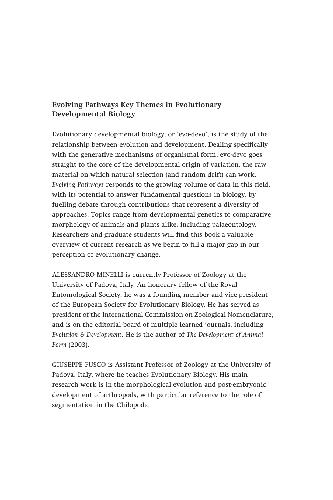

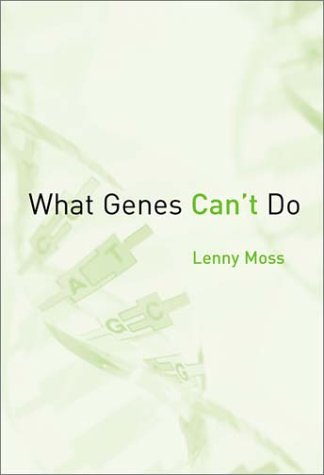
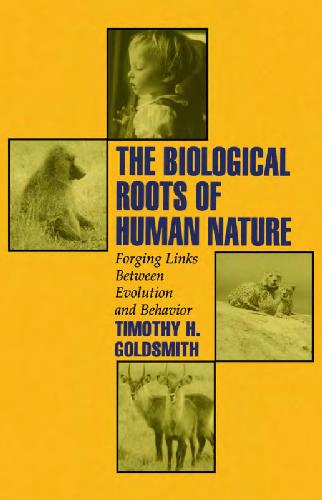

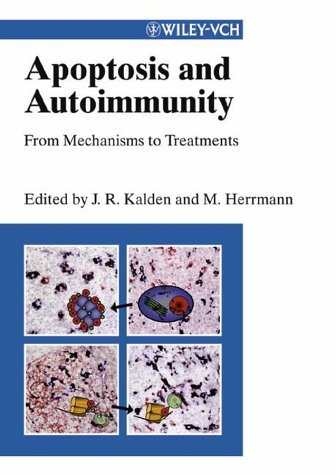
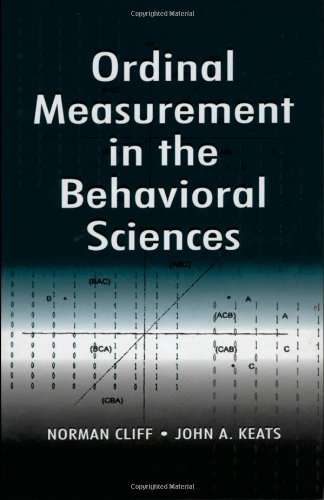
Reviews
There are no reviews yet.